I currently face a question about the BJT circuit given here:
We see a 2N3904 transistor with constant base current of 2 mA. A switch seperates a 15 V/20 ohm source from the collector of said transistor. Before 1 µs the switch is open. After 1 µs it closes.
What I get from an LTSpice simulation and also see in real measurements is this (Y-Axis is \$I_{ce}\$: collector-emitter current through Q1):
The steady state current of 350 mA is determined by the current gain of the transistor. Base current is about 2 mA in the given circuit.
The peak current of 730 mA is given by (V2-Vce)/R1.
But which characteristic of the transistor determines how long the peak current (730 mA) sustains before the current falls down to steady state current (350 mA?) In this example the time is ~300 ns.
I already thought of the storage time, but it does not really fit, especially if I try different transistors in the simulation and compare the outcome with the corresponding storage time of the transitor in the datasheet. (i.e. 2N2222 has near to 0 time before the peak current decays to the steady state current.)
edit: Added needed information.
edit2: Added simulation result for a 2SD2656 Transistor with rated maximum current of 1000 mA:
![Simulation results as [2] but with a 2SD2656 as Transistor](../../images/3809086574.webp)

![Current peak of a switched load between collector and emiter of Qi in [1]](../../images/3802598488.webp)
